
Certain spots in your home rarely get the attention they need, even during deep cleaning sessions. Dust, dirt, and bacteria thrive in places that are easy to forget or too tedious to clean. Identifying these problem areas ensures you tackle what often gets missed.
Ceiling Fan Blades
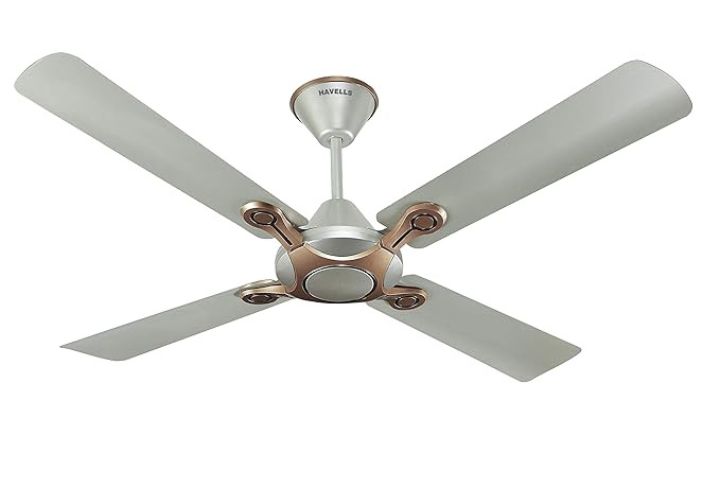
Spin those blades, and you’ll see the dust swirl. Ceiling fan blades are perfect dust collectors, hiding grime high above eye level. Cleaning these regularly prevents that unwanted sprinkle of debris every time the fan is switched on. Don’t skip this often-neglected chore!
Underneath Large Furniture
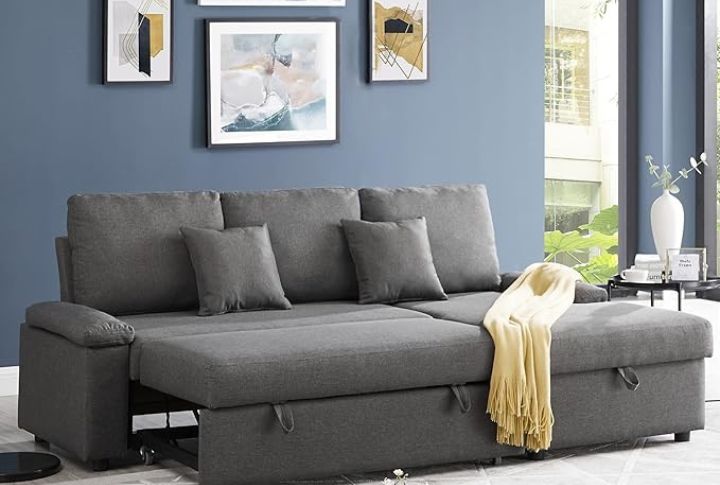
The space beneath sofas and beds often becomes a haven for dust bunnies. Items like forgotten socks or stray toys also gather here. A deep-cleaning session with a vacuum attachment can reach overlooked spots, ensuring allergens don’t build up unnoticed.
Behind Kitchen Appliances

Crumbs and grease lurking behind stoves and fridges can invite pests into your home. Move such appliances occasionally to clean hidden messes. Using a degreaser to wipe clears buildup, enhances hygiene, and keeps your kitchen clean and pest-free.
Baseboards and Moldings
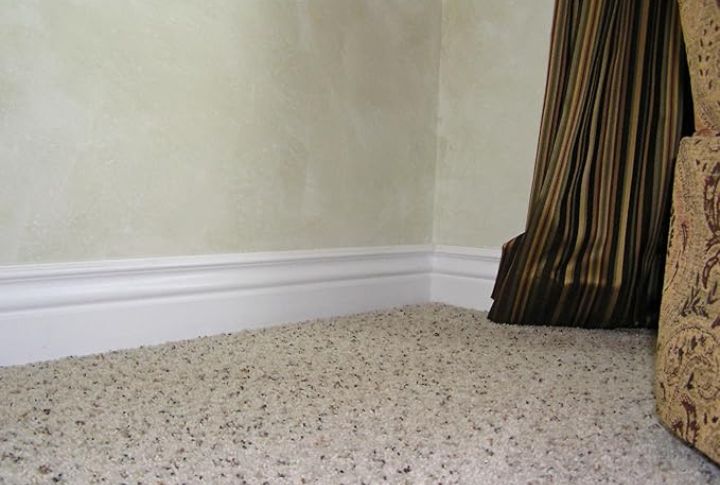
Baseboards may seem insignificant, but they can make or break the look of a clean home. Dust gathers on their ridges, especially in corners. Here, a wet piece of cloth or vacuum with a brush attachment works wonders. Give them a little love for spotless results.
Light Switches and Door Handles
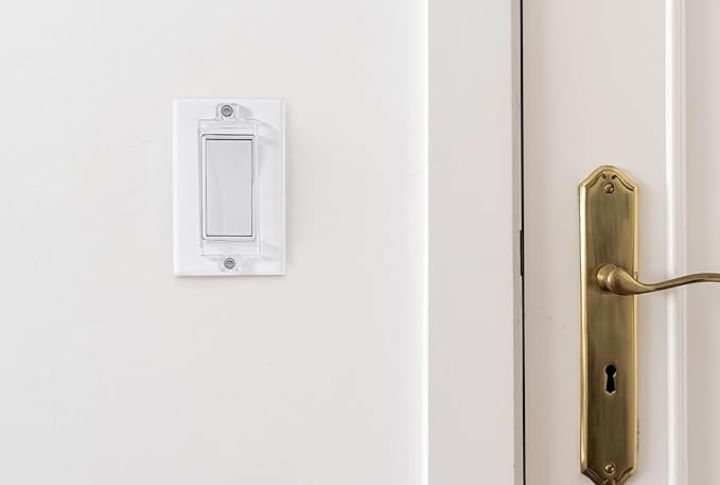
Everyone touches these daily, yet they’re rarely cleaned. Door handles and switches harbor germs that transfer to your hands. Disinfect them regularly using wipes or sprays. Especially during flu season, maintaining cleanliness here keeps your family healthier and your surfaces germ-free.
Window Tracks and Blinds
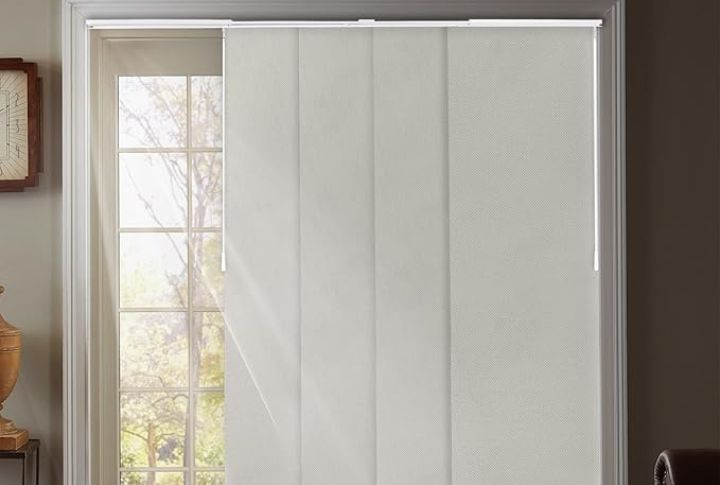
Window tracks trap dust, bugs, and debris over time. A toothbrush dipped in soapy water can scrub away the grime. Meanwhile, blinds collect fine particles that dull their shine. Wipe with a microfiber cloth or vacuum for spotless, streak-free windows.
Shower Curtain Liners
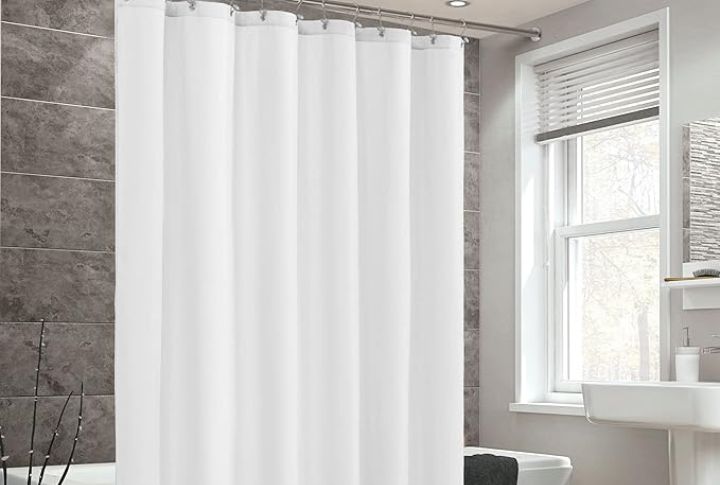
Mold thrives on shower curtain liners, particularly in damp bathrooms. Regular washing or replacing these prevents unpleasant odors and bacteria. Machine washable liners save time, while antimicrobial sprays prolong their life. Clean curtains mean healthier showers for you and your family.
Under Sink Areas

Moisture under sinks creates the ideal environment for mildew. Organizers help reduce clutter, but such spaces still need regular checks for leaks or spills. Adding silica gel packets absorbs extra moisture, making this often-ignored area clean and dry.
Air Vents and Filters
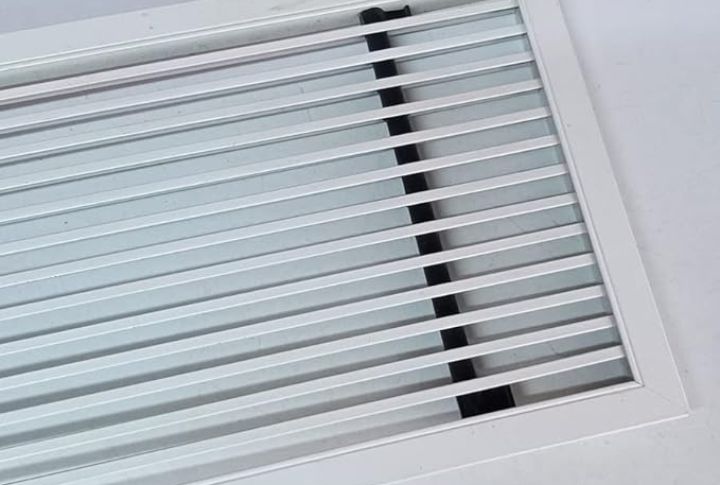
Air vents accumulate dust that circulates through your home. Dirty filters lower air quality, causing allergy flare-ups. Replace filters every three months and vacuum vent covers routinely. This simple habit keeps your HVAC system efficient and your home’s air fresher.
Tops of Cabinets and Shelves
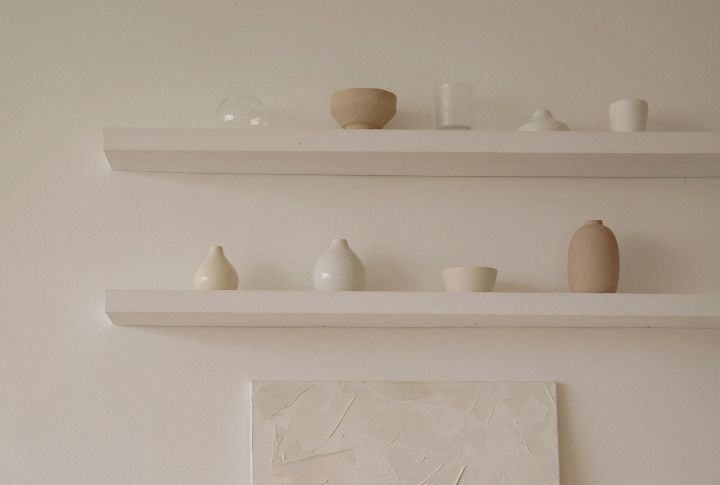
Cabinet tops are often overlooked, collecting dust and grease out of sight. To keep them clean, use a step stool and a damp cloth for periodic wipe-downs. You can also add shelf liners to make future cleanups quicker and hassle-free.
Behind the Toilet
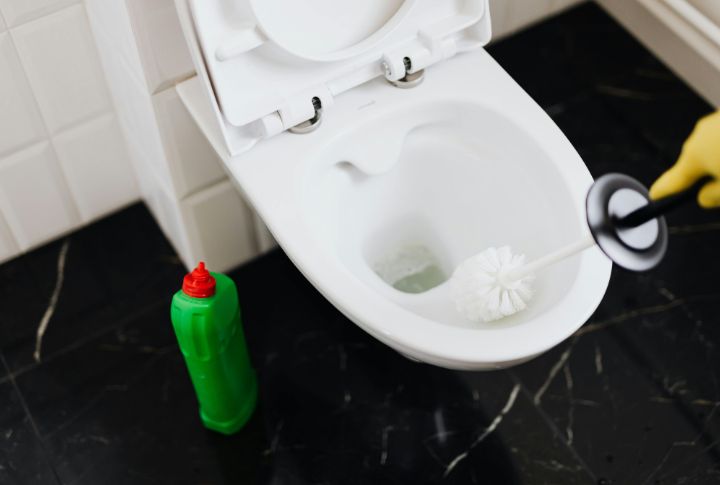
This tricky spot often hides grime and bacteria. A long-handled scrub brush can reach behind the toilet base where mops fail. Cleaning here not only ensures hygiene but also eliminates odors from sneaky buildup. Don’t let this area go unnoticed.
Inside Drawer Organizers
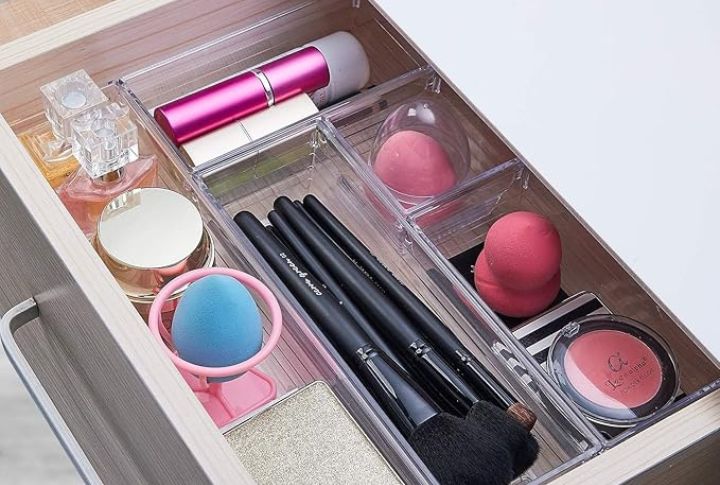
Drawer organizers may look tidy but can hide crumbs, hair, and dust. Empty them out occasionally and wash them with warm soapy water. Lining the organizers with paper or mats simplifies cleanup and keeps your belongings spotless.
Remote Controls and Electronics

With constant use, remotes and electronics accumulate bacteria in hands. A quick wipe with alcohol-based disinfectant keeps germs at bay. For electronics, microfiber cloths remove smudges and dust. This simple step protects your devices while promoting cleanliness.
Under Area Rugs
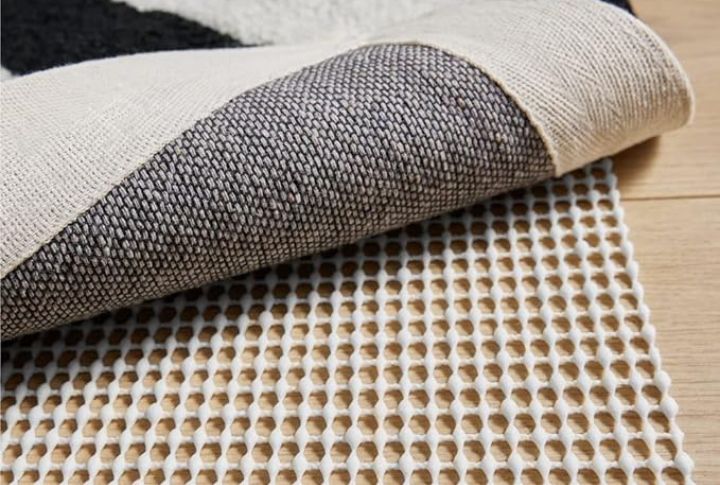
Area rugs may look clean on the surface, but the underside often traps dirt. Roll up rugs every few months to vacuum beneath them. Adding rug pads keeps floors scratch-free and reduces the dirt buildup on both surfaces.
Dishwasher and Washing Machine Seals
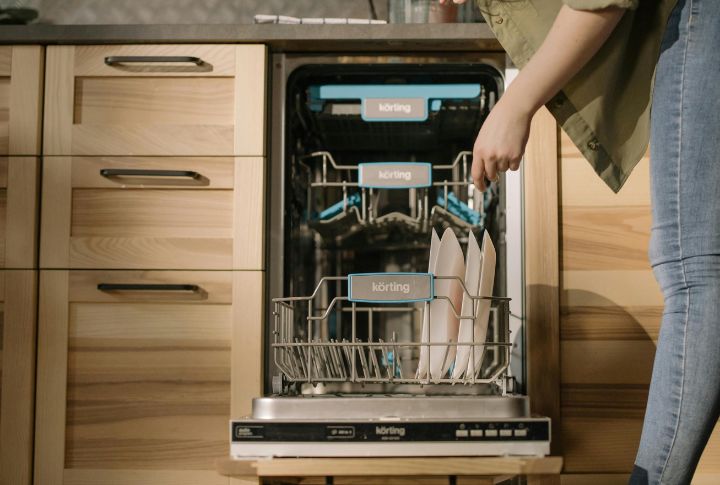
Appliance seals collect moisture, leading to mold and unpleasant odors. Clean these with vinegar and baking soda regularly. Leaving doors slightly ajar after use promotes airflow, preventing future mold growth. A clean seal ensures fresher laundry and dishes.
Behind Bookshelves

Bookshelves hide plenty of dust that affects air quality. Pull them away from the wall to vacuum behind at least once a year. Using dust covers on books also reduces dust accumulation. Plus, it protects your prized collection and keeps your home cleaner.
Inside Trash Cans

Even with liners, trash cans can become smelly and sticky over time. Wash them out with a hose and disinfectant monthly. Adding baking soda at the bottom neutralizes odors, ensuring your trash can remains fresh and functional.
Pet Beds and Toys

Your pet’s bed collects dander, fur, and odors. Wash them regularly following care instructions. Toys should also be cleaned—rubber ones can be soaked in hot, soapy water, while fabric toys can go in the washer. Clean items keep your furry friend healthier.
Closet Floors and Shelves

Closets aren’t just for storage—they accumulate dust too. Empty them out occasionally to clean shelves and vacuum floors. Cedar blocks or sachets repel insects while adding a fresh scent. A clean closet means cleaner clothes and less clutter.
Lamp Shades
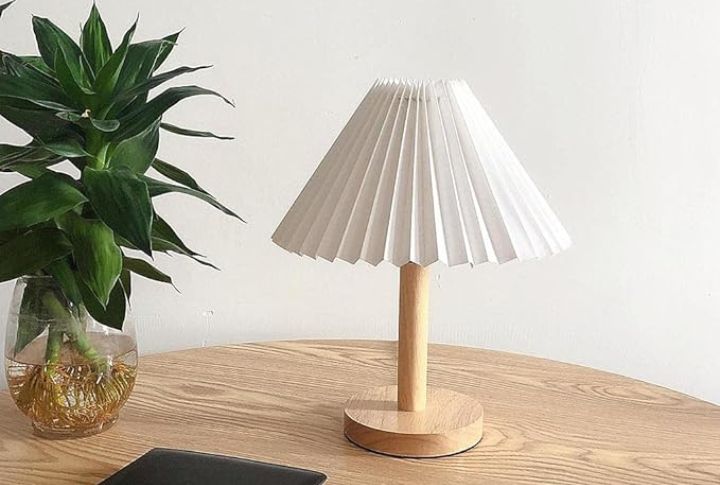
Fabric and paper lampshades collect fine dust that dulls their appearance. You can take a lint roller or soft brush to remove particles gently. For stains that are stronger, spot clean with mild soap. This simple care brightens your space and keeps lamps looking pristine.

